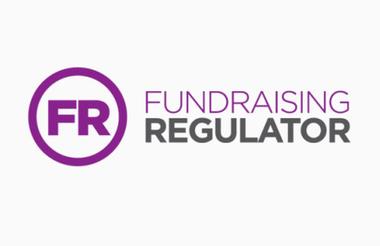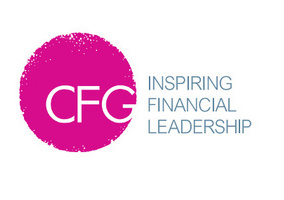The Fundraising Regulator has said it should be part of the group which reviews charity accounting rules in future, in response to this year’s consultation.
In its response to the consultation on the Charities Statement of Recommended Practice (SORP) exposure draft 2026, which ran from 28 March to 20 June, the regulator said that “moving forward, it should be part of the SORP-making committee, along with the other charity regulators”.
The Fundraising Regulator said that “as an established part of the regulatory landscape”, it “could contribute positively to the work of the SORP committee, particularly around the reporting and accounting for fundraising activity”.
Currently, the SORP-making committee includes representatives from the main charity regulators across the UK and Republic of Ireland and is overseen by the Financial Reporting Council.
“The Fundraising Regulator has been established for over nine years and has become a valuable partner for the Charity Commission in England and Wales and an important component of charitable regulation,” it said in its submission.
“The regulator is also specifically mentioned in Charity Commission guidance (for example, CC20 on trustees’ strategic responsibilities for fundraising) and is also referenced in guidance issued by the Charity Commission Northern Ireland and the Office of the Scottish Charity Regulator”.
The exposure draft for the 2026 Charities SORP sets out changes to accounting and reporting rules for charities in the UK and Republic of Ireland.
The final report is expected to be published in autumn 2025 and will apply to reporting periods beginning on or after 1 January 2026.
SOFA’s components of fundraising expenditure
Also in its response, the Fundraising Regulator said charities should be required to separately identify the three components of fundraising expenditure in their statement of financial activities (SOFA).
The separate components should be fundraising costs for donations and legacies, fundraising trading costs and investment management costs, it said.
It argued that the charity overview section on expenditure on the Charity Commission website should be split into the same categories.
The regulator added that current reported fundraising costs are “skewed by the inclusion of trading costs and investment management costs”, with its suggested three components representing “very different activities distinct from each other”.
“The transparency and accessibility of information on fundraising expenditure is vital for effective data analysis and the Fundraising Regulator’s collection of the annual levy fee,” it said.
“The ability to identify levy payers and other fundraising organisations in a timely and accurate manner underpins the effective delivery and responsiveness of our regulation.
“This includes protecting the public from harm and fostering trust in charitable fundraising, increasing the likelihood that people will give to good causes.”
Changes could save regulator £40,000 a year
The regulator said “more granularity” on fundraising expenditure and its parts would help streamline its own work and save tens of thousands of pounds.
Currently, it manually reviews around 11,000 sets of accounts to determine the correct levy fee for each charity.
It said it is “forced to manually examine the notes of every set of accounts because annual return data doesn’t provide a separate and reliable figure for fundraising expenditure for donations and legacies”.
“Requiring charities to separately identify the three components of fundraising expenditure on the SOFA would save the Fundraising Regulator approximately £40,000 in staff costs each year,” it said.
If the extra expenditure breakdown was used in the summary data return, the regulator could use this information rather than reviewing the PDFs of submitted annual accounts for its levy calculation.
“There’s also a more public-facing benefit to separately identifying the three components of fundraising expenditure on the SOFA,” it added.
“Readers of accounts, including donors, potential donors, or service users, could more easily see the real costs of a charity’s fundraising without needing to refer to the accompanying notes.
“They’d have a better view of how much income costs to raise and understand how it contributes to the money being spent on charitable activities.”
Related articles












